Well we've got those vans onto the ferry and crossed over to Queenscliffe, but the weather was awful! Rained, was too wet and windy to stand outside and no dolphins Delma! But we've had another experience and a few raindrops and the wind, didn't deter me from taking photos. We were at the Big4 Riverview Geelong park early and able to book in. That has enabled us to explore the foreshore of Geelong today and visit the National Wool Museum. This afternoon I walked the foreshore from West Beach to East Beach and taken lots of photos of the famous 'Geelong Baywalk Bollards'. Clocked up plenty of steps on my Fitbit as well, so it was well and truly worth the effort! I'm feeling a bit lazy tonight (early rise this morning) so I have copied the following from the Shire website. It explains the history of the bollards well. Geelong's most-photographed people don't play football for the local Australian Football League team. In fact they don't do much at all, except stand stoically along the city's foreshore.
Without uttering a single word, each is able to clearly tell a story to all and sundry who pass by. There are more than 100 of these huge painted icons guiding visitors along the foreshore walking/cycling track from Rippleside Park, through Waterfront Geelong to Limeburners Point and the Botanic Gardens. They represent a fascinating and fun chronicle of the city's past, focusing on some of the unique characters who played a part. It is an anecdotal history, tracing Geelong 's development from the original Koori inhabitants to more contemporary characters. You'll find young ladies in neck-to-knee costumes, lifesavers, families, a footballer, sailors, a town band, fishermen and dozens more.
The colourful bollards are the work of artist Jan Mitchell. Jan was commissioned by the City of Greater Geelong to transform old timbers and piles from a city pier, demolished in the 1980s, into remarkable works of art that stop young and old in their tracks. Also among the 104 sculptures are a Koori family, English explorer Matthew Flinders and a Portuguese explorer which stand overlooking Corio Bay near Limeburners Point. At Eastern Beach, you can see bathing beauties from the 1930s and Ian McDonald, the city surveyor who drew the plans for the landmark sea baths. Further on are sea captains, inventor and newspaper editor James Harrison and a family group posing for a photograph.
The National Wool Shed was well worth the visit. Took us all back a day or two to those shearing days. Can't say that I miss them and I'm sure our boys don't miss a couple of weeks of shearing either. It is fantastic that the Museum is in Geelong and the stories of the industry are being told. The Museum is Australia's only comprehensive museum showcasing wool's enduring impact on Australian social and economic life since the arrival of the first ship in 1788. The Dennys Lascelles Wool Store in Geelong is the perfect setting for the Museum. It was built in 1872 by CJ Dennys who is said to be the father of the wool industry. The building is considered a masterpiece of its time and a forerunner for wool stores around the world. The Museum was officially opened in December 1988. The Museum has two permanent galleries telling the Australian story of wool. The first 'The Wool Harvest' looks at sheep farming and wool production. Exploring the pastoral aspect of wool in Australia, visitors can follow the path of the fleece through shearing, classing, wool pressing and dispatch. A recreated shearing shed and a film about shearing demonstrate what life in the shearing industry was like. Shearing demonstrations can be arranged for group bookings.Gallery Two 'From Fleece to Fabric' looks at the processing of wool into fabric and offers an insight into the people and processes involved in the textile industry. A sequential display of the machinery actually used in the process demonstrates the transformation of fleece to fabric.Every few months there is a different exhibition at the Museum. At the moment a display on 21st century wool fashion design, is in the building. Not sure that we liked any of the garments that much, but our friend Heather buys wool garments if she is able. Maybe some of the garments I've photographed, might be exciting to wear to the CWA conference Heather. Peter and I were fascinated with the 'Teazle Machine'. At least 1,500 teazles are needed for one teazle gig. They are fixed to frames around the drum-gig. The gig turns in the opposite direction to the flow of the cloth. Each teazle spine pulls up one fibre only. A 'Teazle' is a thistle-like plant with prickly leaves and heads of yellow or purple flowers. For centuries the dried heads fixed to a small wooden frame were used to raise the surface, or nap on woolen cloth. The use of teazles became too expensive as they had to be changed every six months. There is a very old 'Carpet Loom' and a volunteer started the loom for a short time. He explained how it worked and weaved a few rows of the carpet square. There were a few carpet squares on display that were for sale. There was info there on 24 english rabbits being introduced into the grounds of Barwon Park in 1859. Within 20 years the rabbits had dug their way into NSW and South Australia. And the numbers kept growing! By the turn of the century settlers and sheep were being eaten out of paddocks and homestead! There was a question that asked "In three seasons how many rabbits would have bred compared to the number of sheep"? When I opened the folder for the answer I couldn't believe it! 62,064 rabbits compared to 5 or 6 sheep! Expanation on these numbers: Sheep are only allowed to mate once a year. Most ewes only have one lamb. If the first lamb is a ram, only five sheep will result. If the first lamb is a ewe there will be six, because she herself will have lambed in the third season.
The colourful bollards are the work of artist Jan Mitchell. Jan was commissioned by the City of Greater Geelong to transform old timbers and piles from a city pier, demolished in the 1980s, into remarkable works of art that stop young and old in their tracks. Also among the 104 sculptures are a Koori family, English explorer Matthew Flinders and a Portuguese explorer which stand overlooking Corio Bay near Limeburners Point. At Eastern Beach, you can see bathing beauties from the 1930s and Ian McDonald, the city surveyor who drew the plans for the landmark sea baths. Further on are sea captains, inventor and newspaper editor James Harrison and a family group posing for a photograph.
The National Wool Shed was well worth the visit. Took us all back a day or two to those shearing days. Can't say that I miss them and I'm sure our boys don't miss a couple of weeks of shearing either. It is fantastic that the Museum is in Geelong and the stories of the industry are being told. The Museum is Australia's only comprehensive museum showcasing wool's enduring impact on Australian social and economic life since the arrival of the first ship in 1788. The Dennys Lascelles Wool Store in Geelong is the perfect setting for the Museum. It was built in 1872 by CJ Dennys who is said to be the father of the wool industry. The building is considered a masterpiece of its time and a forerunner for wool stores around the world. The Museum was officially opened in December 1988. The Museum has two permanent galleries telling the Australian story of wool. The first 'The Wool Harvest' looks at sheep farming and wool production. Exploring the pastoral aspect of wool in Australia, visitors can follow the path of the fleece through shearing, classing, wool pressing and dispatch. A recreated shearing shed and a film about shearing demonstrate what life in the shearing industry was like. Shearing demonstrations can be arranged for group bookings.Gallery Two 'From Fleece to Fabric' looks at the processing of wool into fabric and offers an insight into the people and processes involved in the textile industry. A sequential display of the machinery actually used in the process demonstrates the transformation of fleece to fabric.Every few months there is a different exhibition at the Museum. At the moment a display on 21st century wool fashion design, is in the building. Not sure that we liked any of the garments that much, but our friend Heather buys wool garments if she is able. Maybe some of the garments I've photographed, might be exciting to wear to the CWA conference Heather. Peter and I were fascinated with the 'Teazle Machine'. At least 1,500 teazles are needed for one teazle gig. They are fixed to frames around the drum-gig. The gig turns in the opposite direction to the flow of the cloth. Each teazle spine pulls up one fibre only. A 'Teazle' is a thistle-like plant with prickly leaves and heads of yellow or purple flowers. For centuries the dried heads fixed to a small wooden frame were used to raise the surface, or nap on woolen cloth. The use of teazles became too expensive as they had to be changed every six months. There is a very old 'Carpet Loom' and a volunteer started the loom for a short time. He explained how it worked and weaved a few rows of the carpet square. There were a few carpet squares on display that were for sale. There was info there on 24 english rabbits being introduced into the grounds of Barwon Park in 1859. Within 20 years the rabbits had dug their way into NSW and South Australia. And the numbers kept growing! By the turn of the century settlers and sheep were being eaten out of paddocks and homestead! There was a question that asked "In three seasons how many rabbits would have bred compared to the number of sheep"? When I opened the folder for the answer I couldn't believe it! 62,064 rabbits compared to 5 or 6 sheep! Expanation on these numbers: Sheep are only allowed to mate once a year. Most ewes only have one lamb. If the first lamb is a ram, only five sheep will result. If the first lamb is a ewe there will be six, because she herself will have lambed in the third season.
Rabbits: A doe can produce a litter a month in her five month season. At any one time she can have four young outside the burrow, four in the nest and four more in her womb. By the end of the first season, does from earlier litters will be having babies. A bit of trivia, but it grabbed my attention. Think of all those Akubra Hats that can be made! 26 photos

 Geelong, Victoria, Australia
Geelong, Victoria, Australia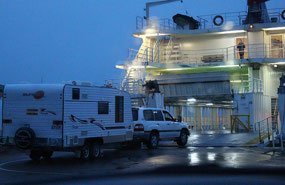
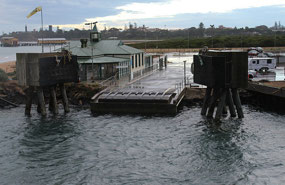
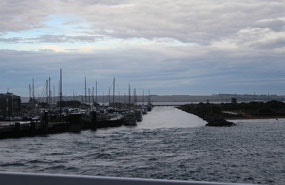
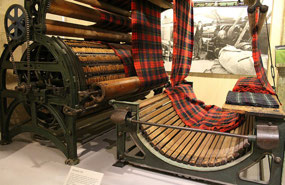
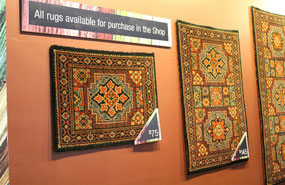

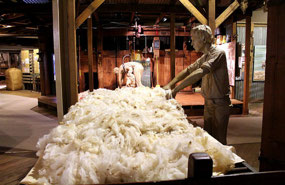
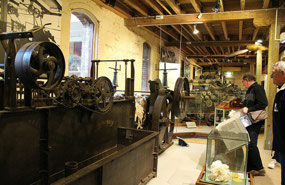
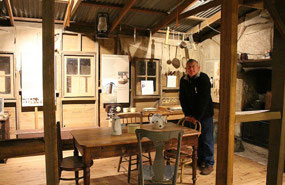
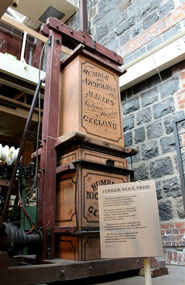

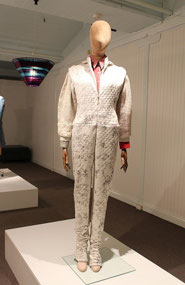
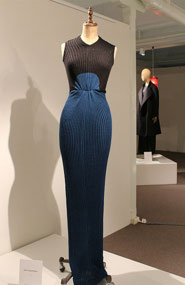
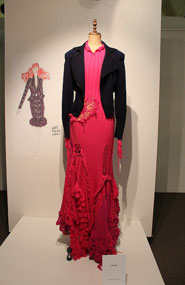
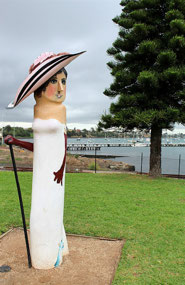
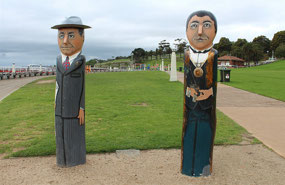
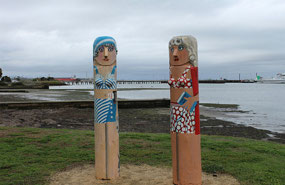
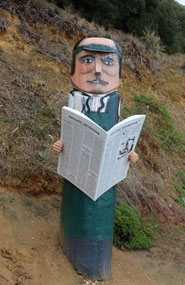
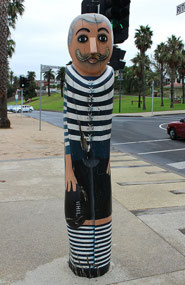
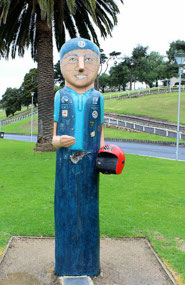
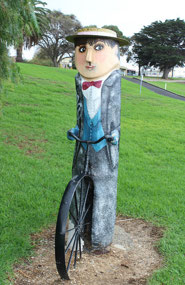
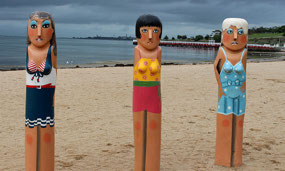
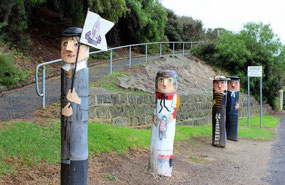
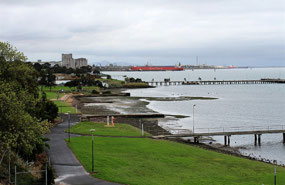
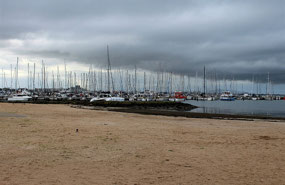
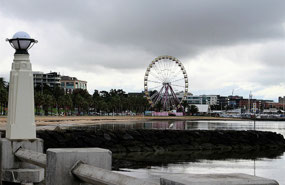
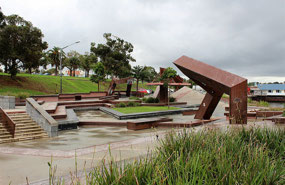
2025-05-22